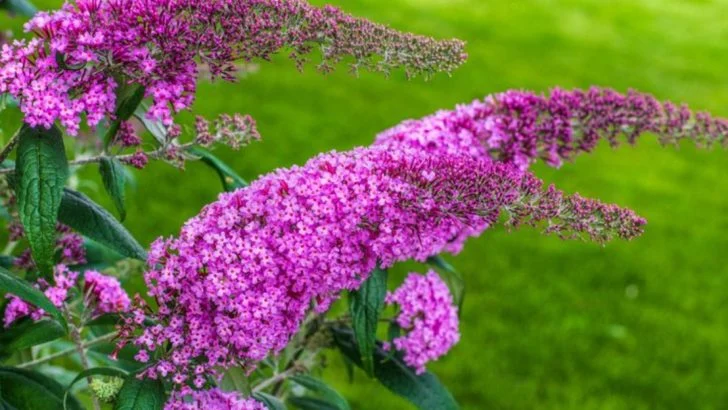They start sweet—then they take over your life. One minute, it’s a single sprout. Next thing you know, it’s climbing the fence, smothering the roses, and sprouting in the cracks of your driveway. These aren’t just plants. They’re undercover weeds with good PR. Sold as “ground covers,” “easy spreaders,” or worse—“low maintenance.” Don’t fall for the charm. These green escape artists don’t ask for much… until they’ve eaten half your yard. Here are 17 plants that turn invasive when your back is turned—beautiful, bold, and just a little bit ruthless.
Mint
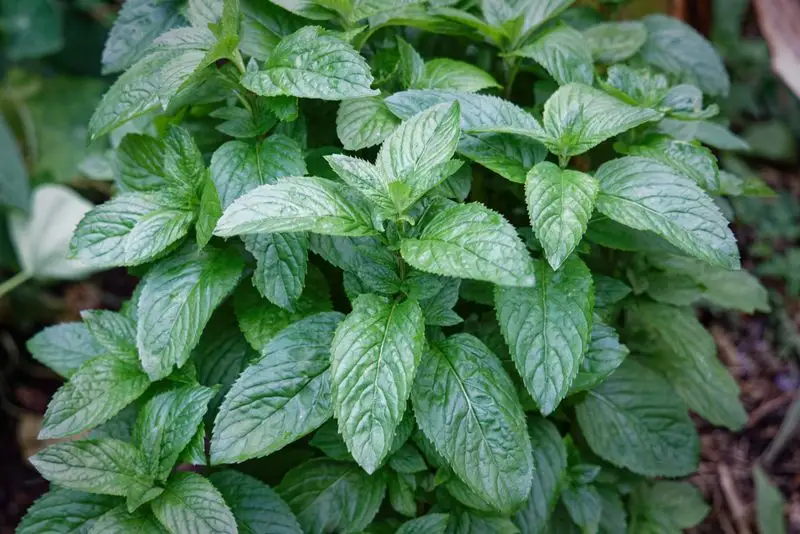
Mint may start as a refreshing herb for teas, but it has a tendency to spread rapidly. Its roots, known as rhizomes, can extend far and wide underground, allowing it to pop up in unexpected places. This aggressive growth can suffocate other plants in your garden.
To prevent this, consider planting mint in containers or setting up barriers underground. Despite its invasive nature, its delightful aroma and culinary uses make it a popular choice.
However, it demands a vigilant eye to stop it from becoming an uninvited garden guest.
Bamboo
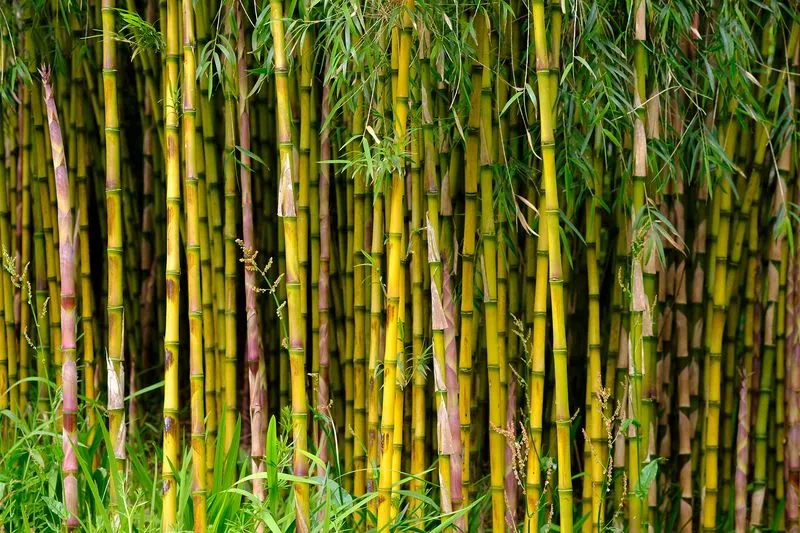
Bamboo is admired for its fast growth and strength, often used in privacy screens or as an ornamental plant. However, some species can grow excessively, spreading through rhizomes that travel underground.
This rapid expansion can overtake gardens and even damage structures. If considering bamboo, opt for clumping varieties that grow in tighter, more manageable clusters.
Containment strategies such as root barriers or regular maintenance are essential to keep its spread in check, ensuring it remains an elegant addition rather than a troublesome invader.
English Ivy
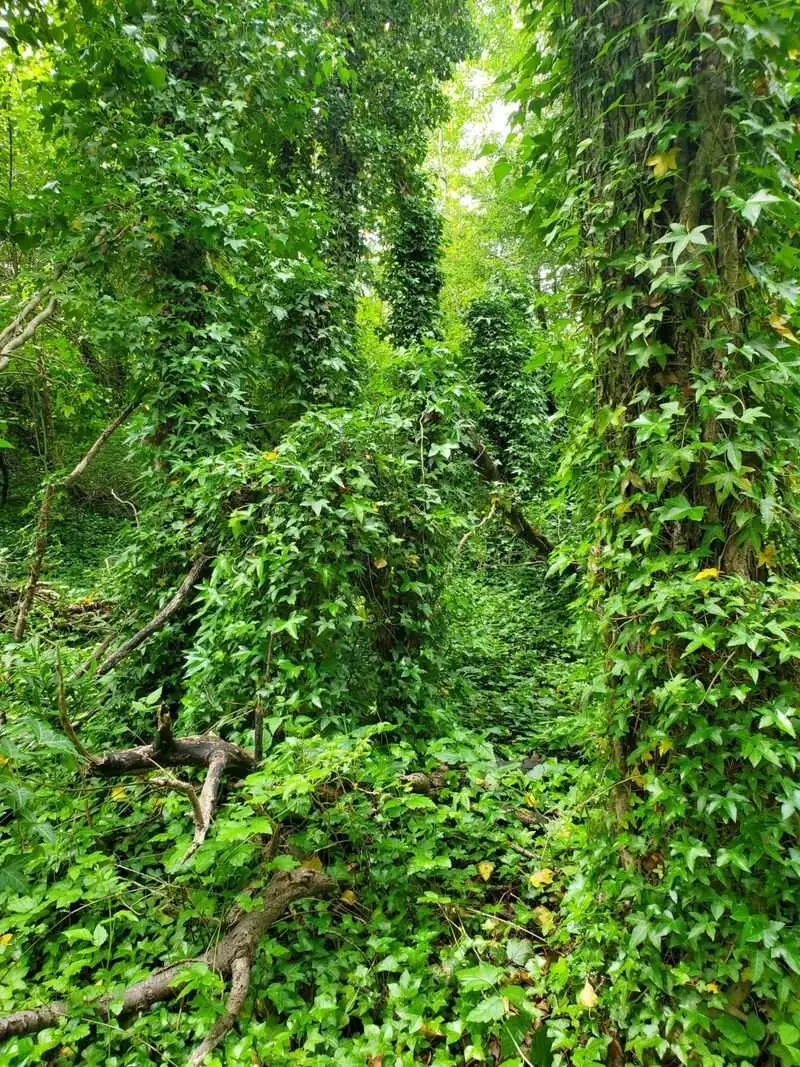
English Ivy’s attractive vines can add charm to walls and fences, but they can also become a garden menace. Known for its ability to climb and cover large areas, it can suffocate trees and damage buildings.
If left unchecked, it can spread rapidly, overshadowing other plants. Regular pruning and monitoring are vital to prevent it from becoming invasive.
Despite its potential to become a weed, its aesthetic appeal and ability to provide cover make it a popular choice for many gardeners.
Morning Glory
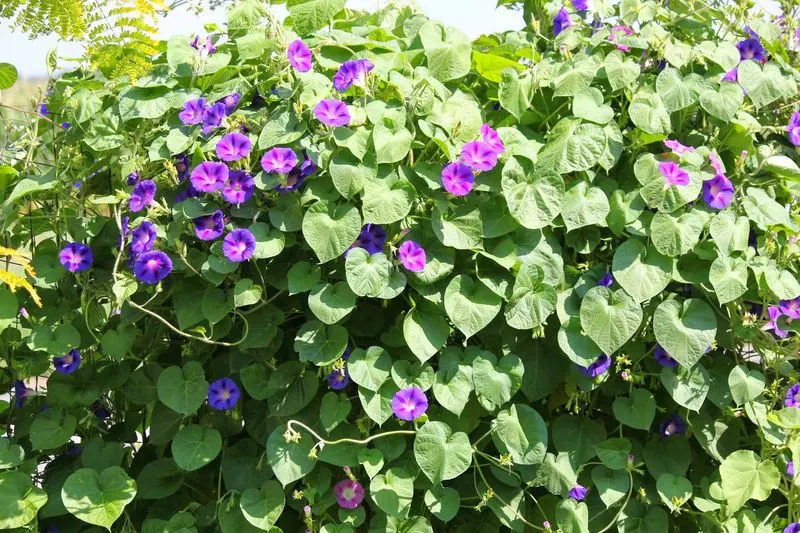
Morning Glory’s enchanting flowers can swiftly transform into a tangled mess if left unchecked. Known for its rapid growth and ability to cover structures, it can easily outcompete other plants.
The seeds are prolific, leading to its spread throughout the garden. To control its growth, regular trimming and seed removal are necessary.
Though its beautiful blooms are enticing, careful management is needed to prevent it from becoming a troublesome weed that dominates your garden space.
Japanese Knotweed
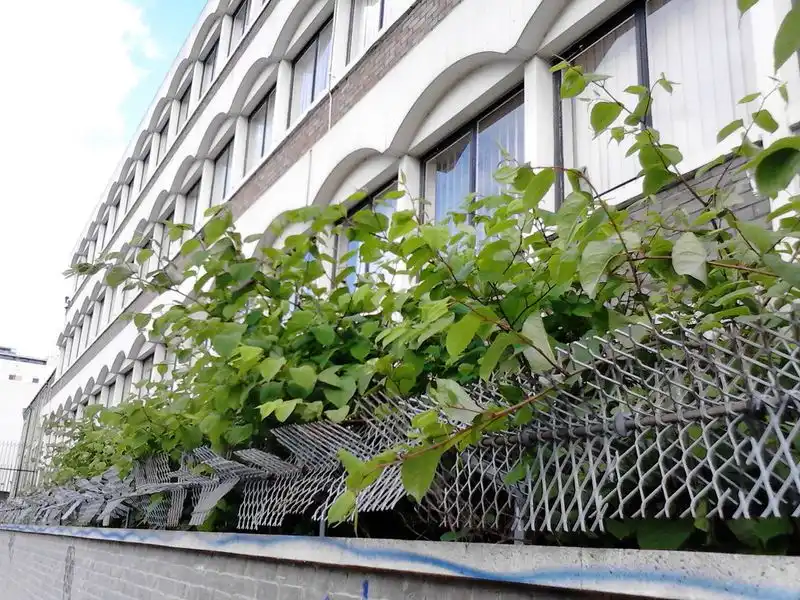
Japanese Knotweed is notorious for its destructive potential. Its roots can break through concrete, causing damage to structures and landscapes.
Once established, it’s incredibly difficult to remove, requiring persistent effort and sometimes professional help. Despite its pretty, bamboo-like appearance, this plant is one you want to prevent from taking hold.
Strict control measures and immediate action at the first sign of growth are crucial to managing this invasive plant effectively.
Purple Loosestrife
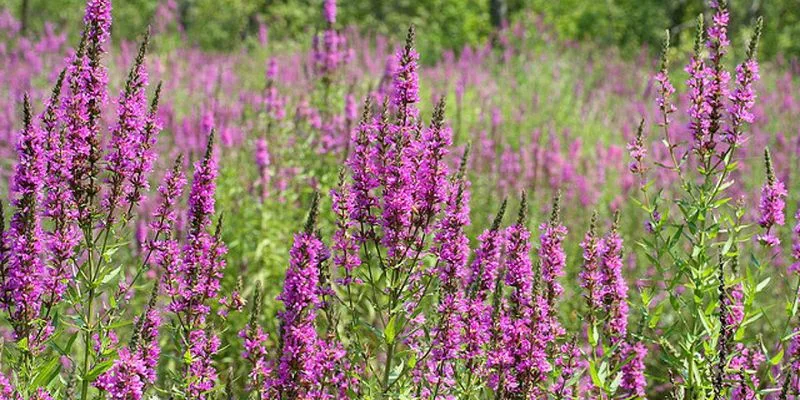
Purple Loosestrife might look stunning, but this beauty comes with a price. Known for its ability to invade wetlands, it can displace native species and disrupt ecosystems.
Its dense growth creates a monoculture, impeding the natural balance of flora and fauna. Control requires consistent removal and monitoring.
Its striking appearance can be deceiving, and gardeners should be cautious about introducing it into their landscapes where it might quickly dominate.
Dandelion
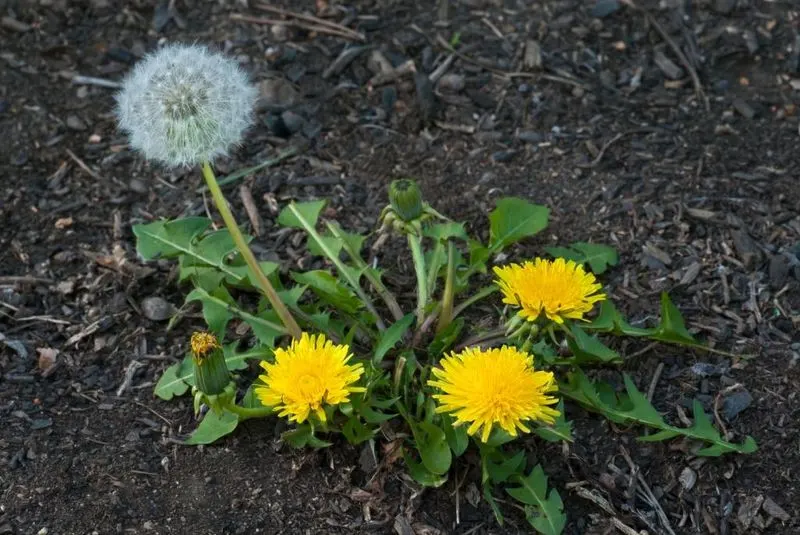
Dandelions are a familiar sight in lawns and gardens, often seen as a nuisance. Their seeds spread easily with the wind, allowing them to quickly colonize new areas.
Despite being considered weeds, their leaves and flowers are edible and even medicinal. Regular mowing and hand-pulling can help manage their spread in lawns.
While their sunny yellow flowers can be charming, their potential to overtake a garden means they require vigilant control to prevent them from spreading unchecked.
Bindweed
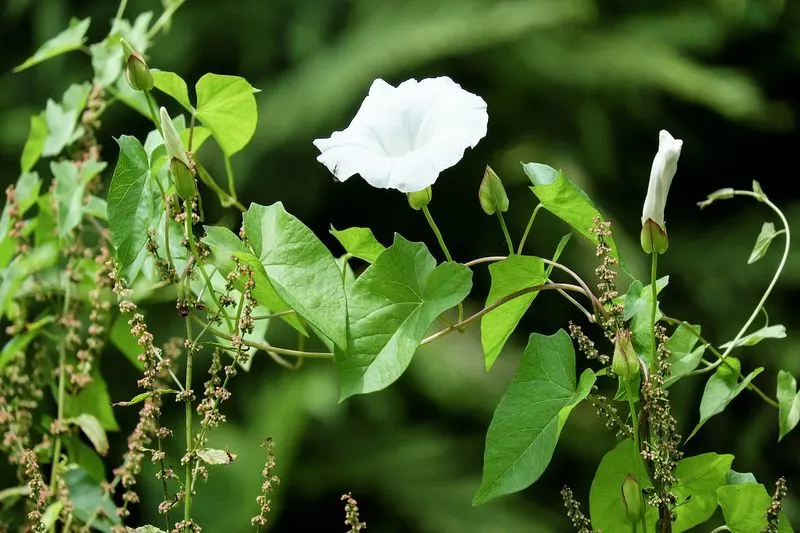
Bindweed is notorious for its relentless growth and ability to smother other plants. Its roots can penetrate deep and spread wide, making it hard to eradicate once established.
It twines around plants and structures, forming dense mats that block sunlight and stunt growth. Constant vigilance and manual removal are necessary to keep it in check.
Though its flowers may be pretty, bindweed’s invasive nature makes it a challenging plant to manage, often requiring significant effort to control.
Butterfly Bush

Butterfly Bush is admired for attracting pollinators, but it can become invasive in some regions. Its prolific seed production allows it to spread quickly, often outcompeting native plants.
Regular deadheading and monitoring are essential to prevent its spread. Despite its potential to become a weed, its vibrant flowers and ability to attract wildlife make it a popular choice.
Cultivating sterile varieties can help mitigate its invasiveness while still enjoying its beauty and ecological benefits.
Wild Garlic
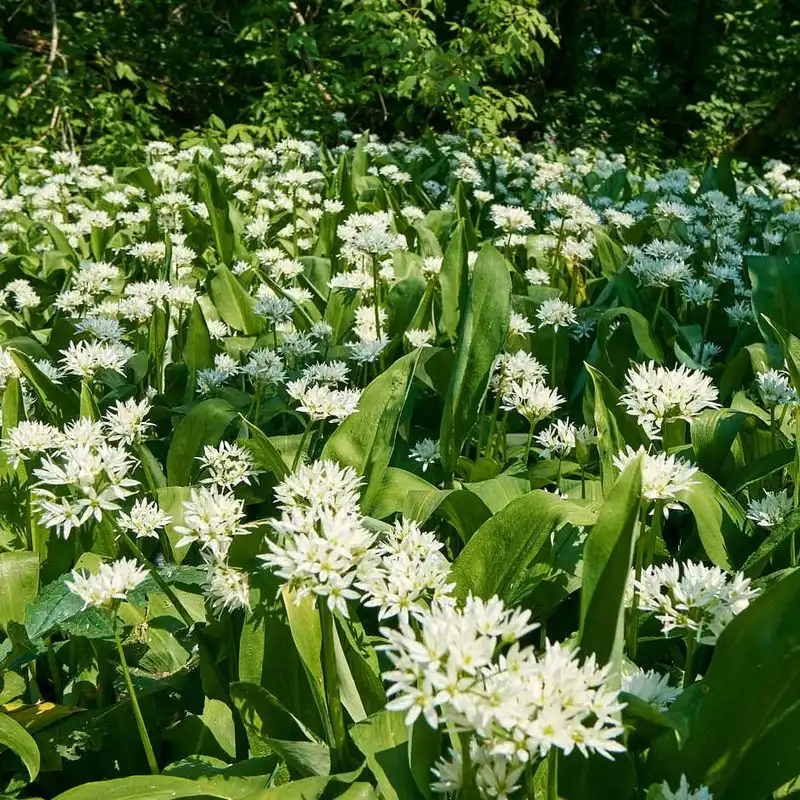
Wild Garlic, with its pungent aroma, can quickly take over gardens and lawns. Its bulbs multiply underground, creating dense clusters that are hard to eliminate.
Though edible and flavorful, it can become a persistent nuisance if not managed properly. Removing bulbs completely is necessary to prevent its spread.
While its culinary uses are appealing, gardeners need to be cautious to keep this plant from becoming an unwelcome guest in their green spaces.
Giant Hogweed
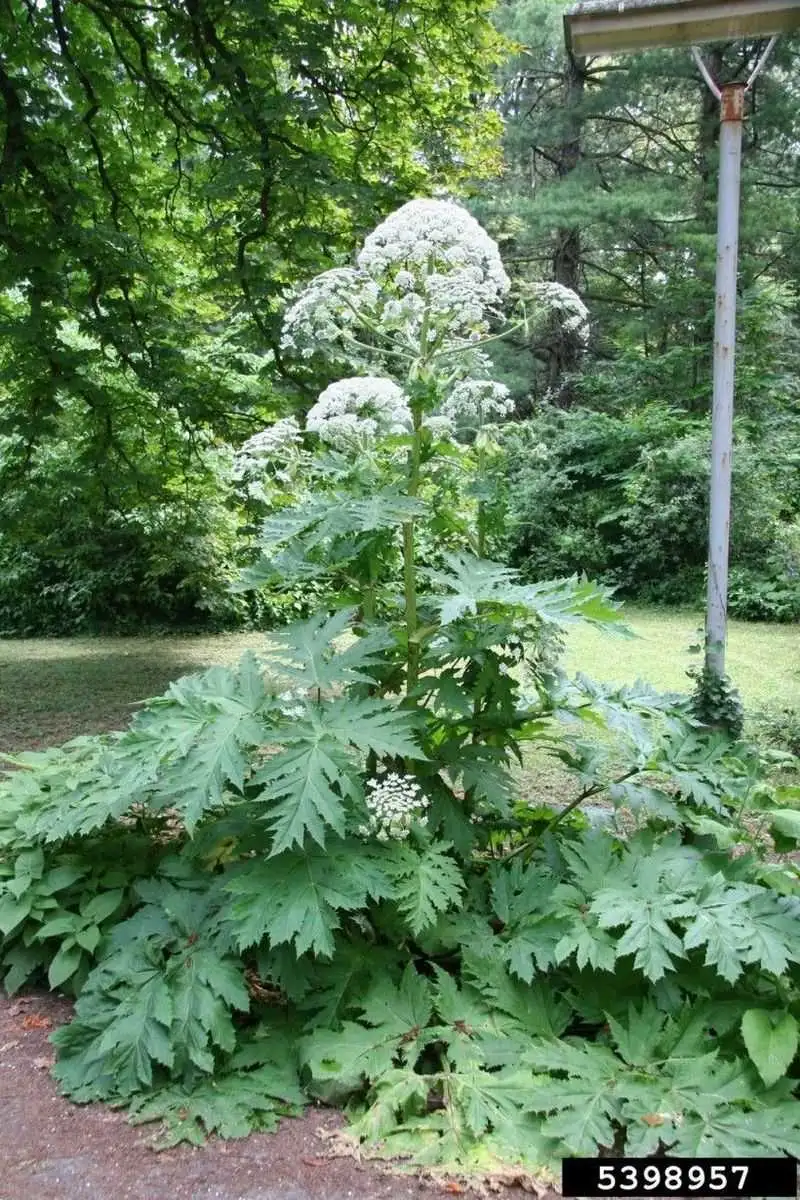
Giant Hogweed is both impressive and hazardous. Its sap can cause severe skin irritation and even blindness. This plant can grow over ten feet tall, spreading aggressively through seed dispersion.
Special care is required when handling or removing it, often needing professional assistance. Though its size and flowers are eye-catching, its dangerous nature makes it a plant best avoided.
Proper identification and removal strategies are crucial in managing this potentially harmful invader.
Yellow Archangel

Yellow Archangel is a charming ground cover, but its rapid spread can quickly turn it into a problematic plant. Known for its silver-patterned leaves and bright yellow flowers, it thrives in shaded areas.
However, it can swiftly overrun gardens, requiring regular trimming and monitoring to control. Despite its beauty, it can easily escape cultivation and become a weed.
Homeowners must manage its growth carefully to enjoy its decorative appeal without letting it dominate the landscape.
Creeping Charlie
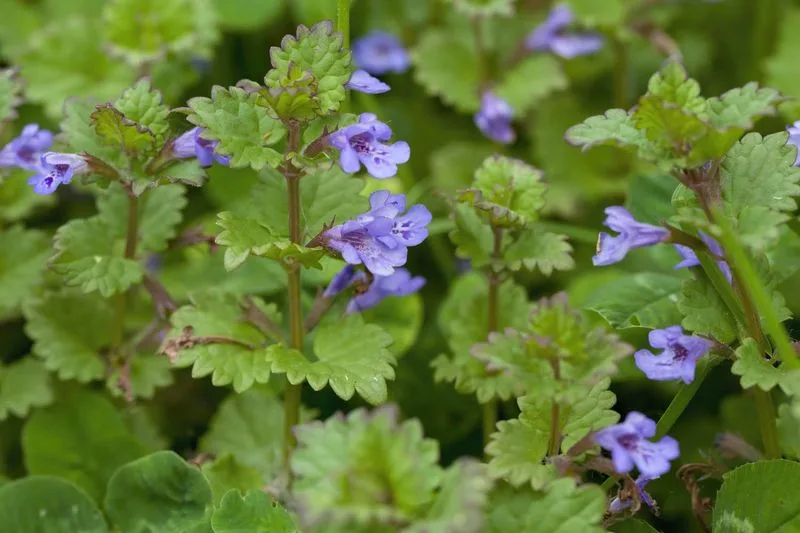
Creeping Charlie, also known as Ground Ivy, is a resilient ground cover that can be difficult to control. It spreads through runners and thrives in moist, shady conditions.
Once established, it forms dense mats that crowd out grass and other plants. Regular mowing and manual removal are key strategies to manage its spread.
While it may provide quick coverage, its aggressive nature means gardeners need to keep a close watch to prevent it from becoming unmanageable.
Horsetail
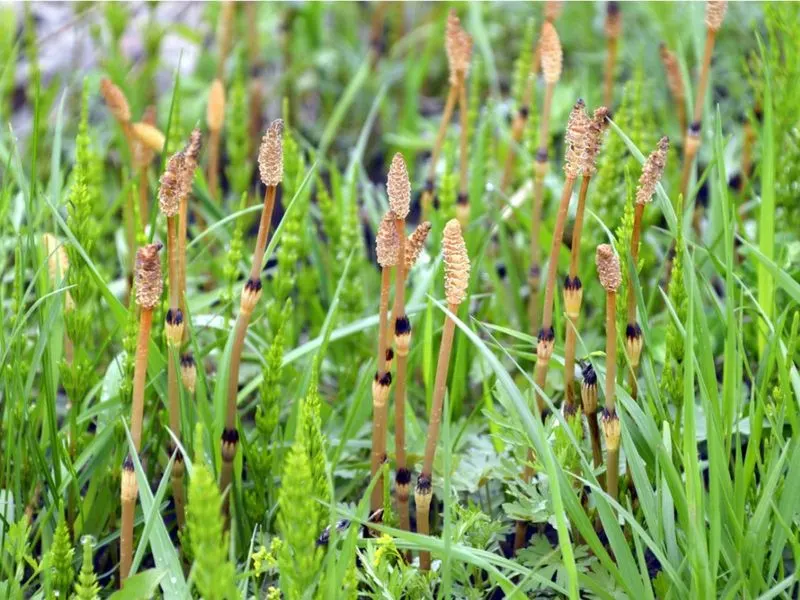
Horsetail’s ancient lineage harks back to times when dinosaurs roamed the Earth. Its unique, reed-like appearance can add a touch of history to gardens.
However, its aggressive growth and deep-rooted rhizomes make it challenging to control. It thrives in wet conditions, where it can quickly take over.
Regular monitoring and removal are necessary to keep its spread in check, allowing gardeners to enjoy its distinctive look without letting it become a pest.
Bishop’s Weed
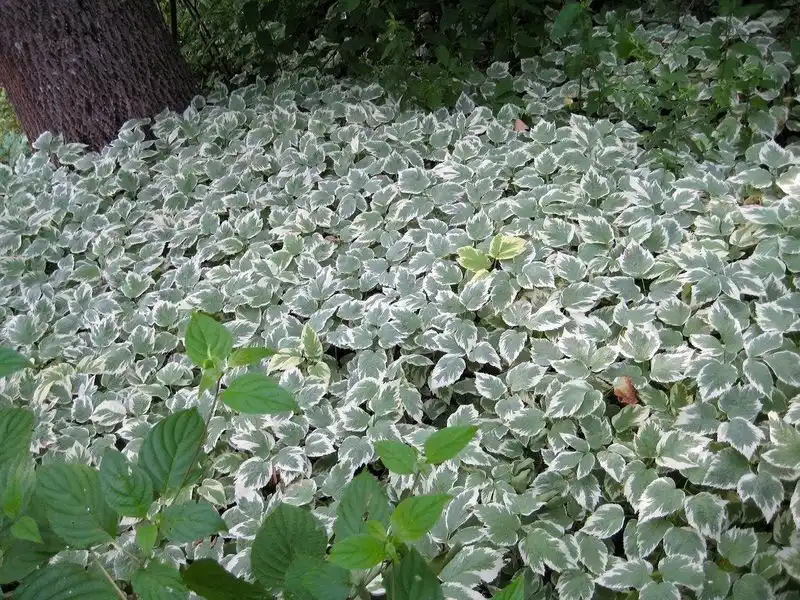
Bishop’s Weed, often appreciated for its decorative foliage, can become a garden bully if not managed properly. Spreading through underground rhizomes, it forms dense patches that can crowd out other plants.
While its variegated leaves add visual interest, it requires regular trimming and containment to prevent its spread. Despite its beauty, its aggressive nature demands careful oversight.
Gardeners should consider using barriers or dedicated areas to enjoy this plant without letting it take over.
Yellow Flag Iris
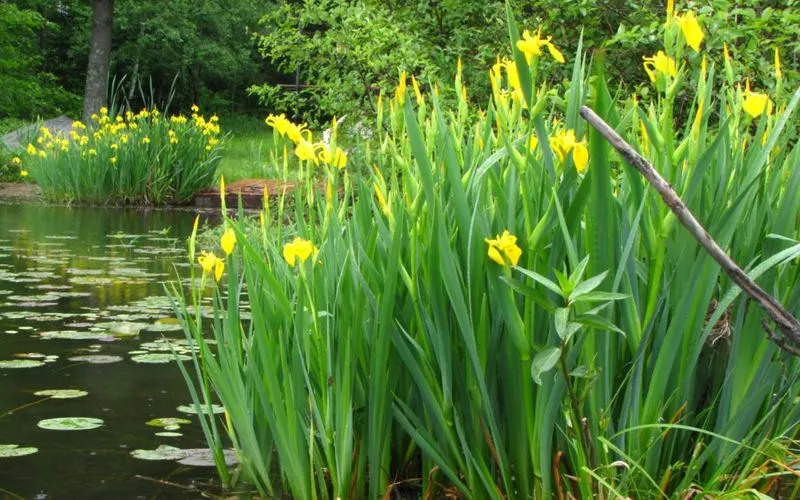
Yellow Flag Iris is admired for its striking blooms and ability to thrive in waterlogged areas. However, it can spread aggressively in wetlands, choking out native plants.
Its rhizomes allow it to form large colonies, requiring consistent removal to control. While its beauty is undeniable, its potential impact on native ecosystems makes it a plant that demands careful management.
Gardeners should weigh its aesthetic appeal against the effort needed to keep it from becoming invasive.
Buttercup (Ranunculus repens)
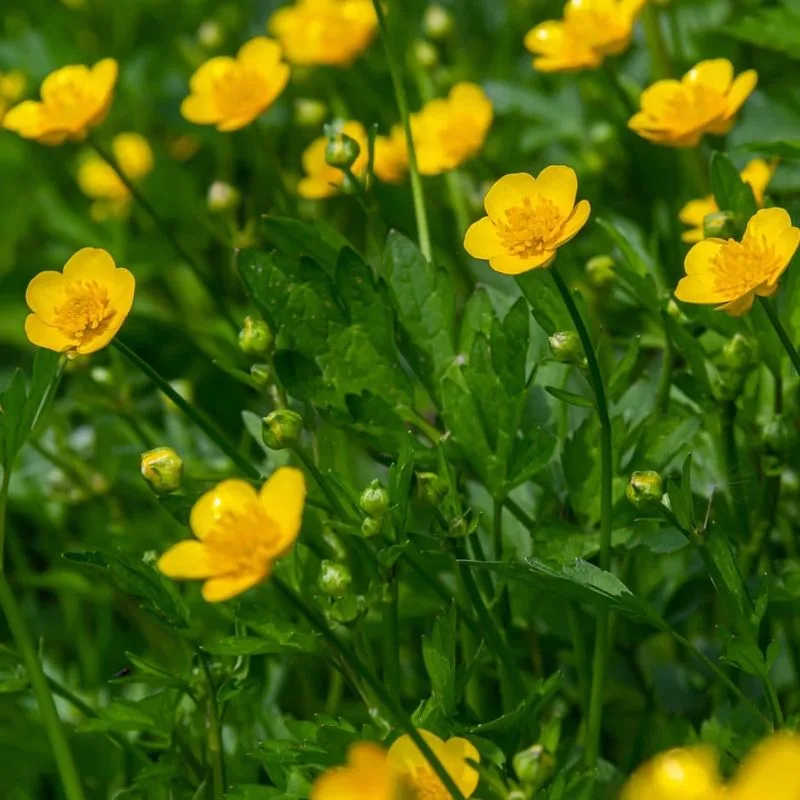
The innocent-looking Buttercup, with its lively yellow blooms, can charm any gardener. However, its creeping nature can swiftly dominate your garden.
These plants spread rapidly through their stolons, creating dense mats that suppress other vegetation.
Did you know? Buttercups thrive in moist environments, often taking over lawns and meadows. Be cautious, as its sap can irritate the skin.
Keep a watchful eye and regularly trim back their runners to maintain control over your landscape.

